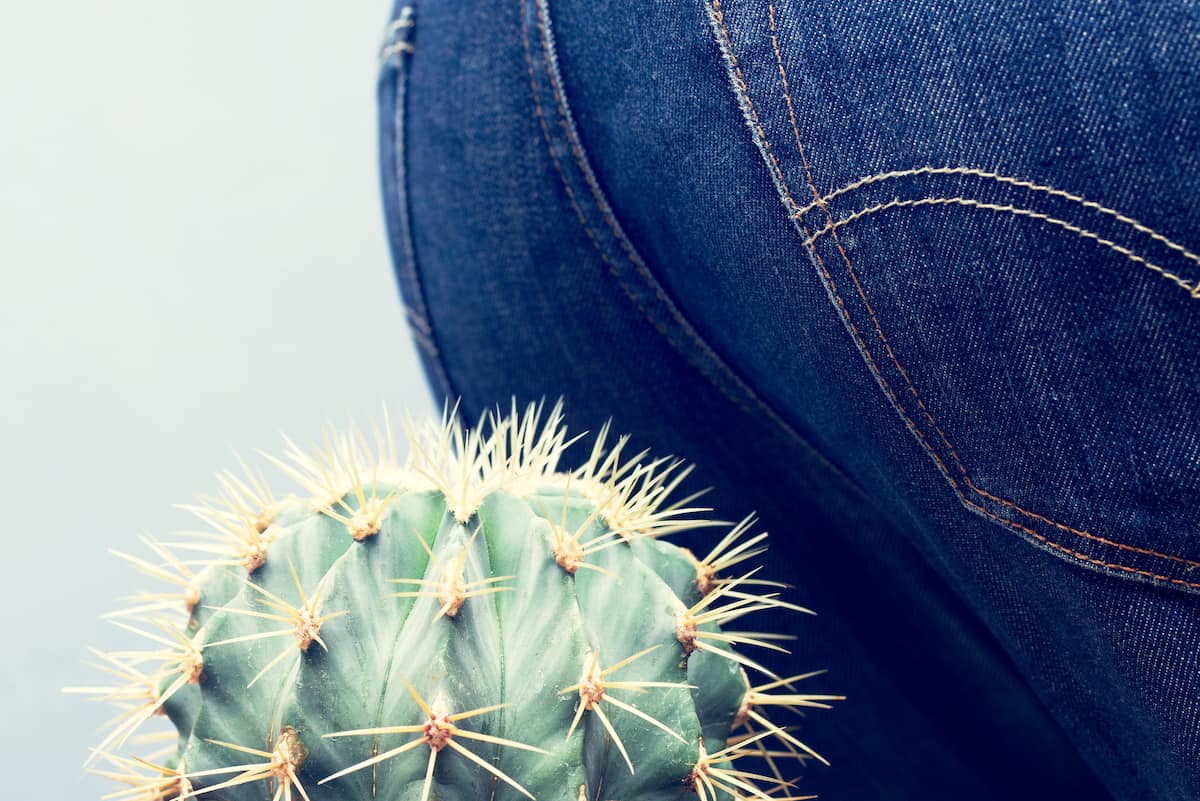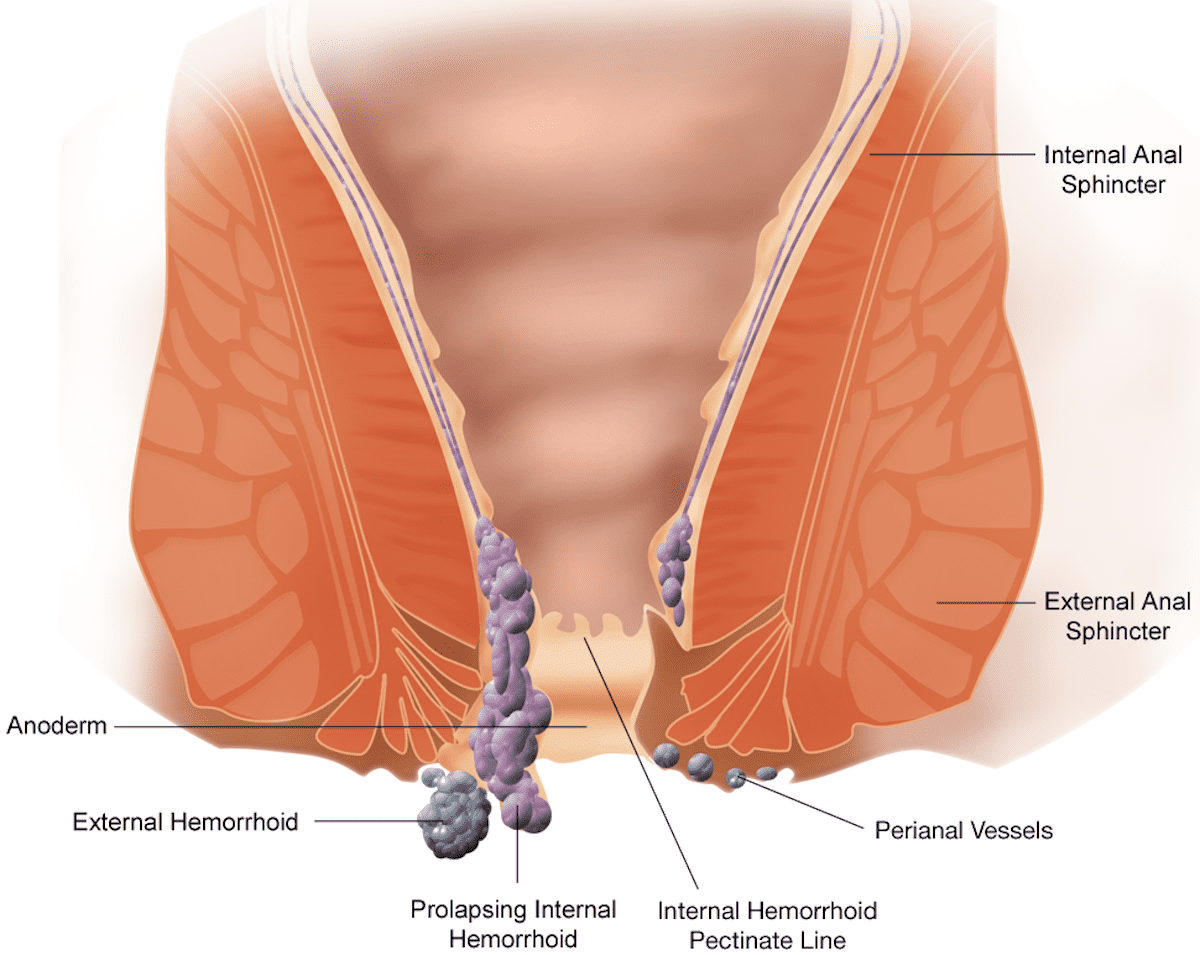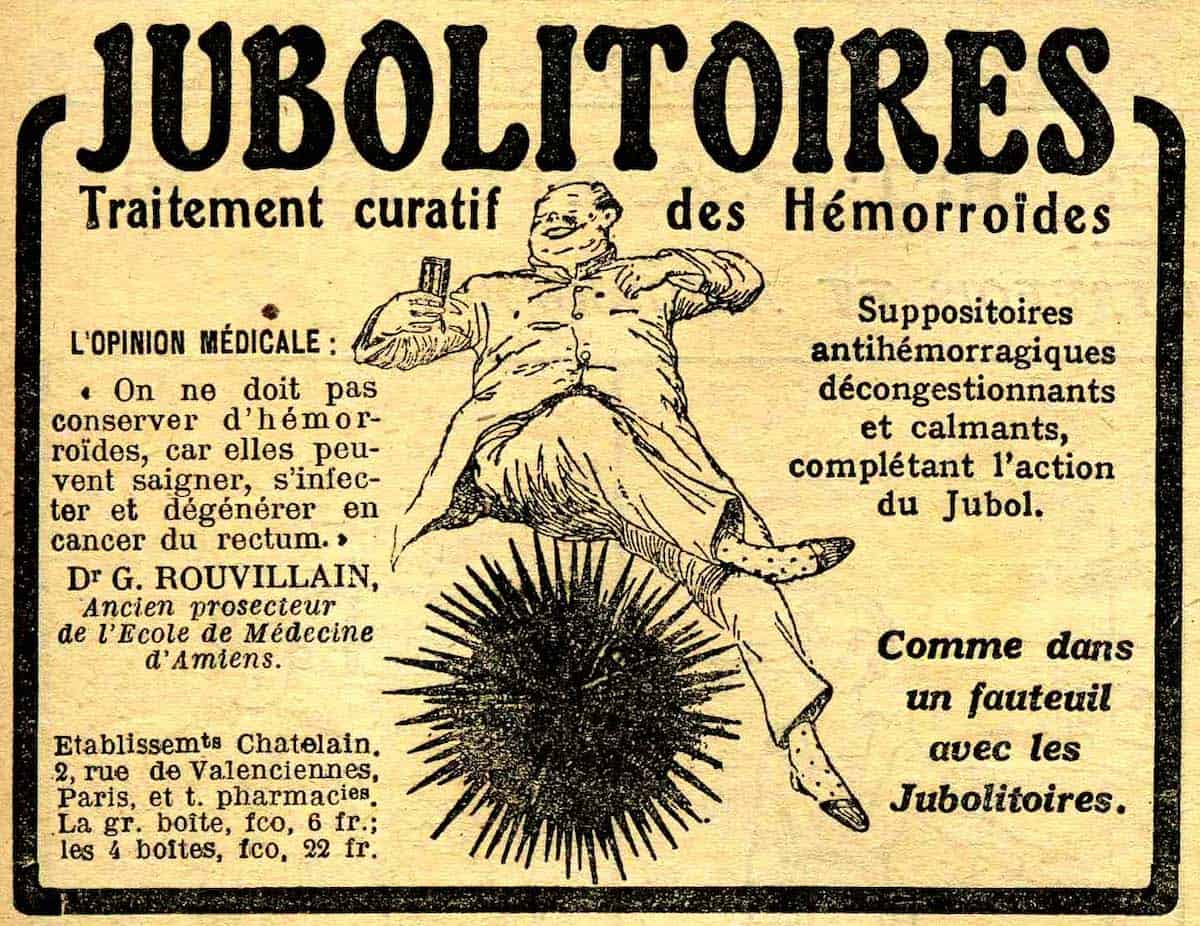Traveling With Hemorrhoids

Traveling with hemorrhoids can really be a hassle. It’s not a sexy topic to write about – and even tougher to think about and discuss – but it’s necessary. Because if you have had hemorrhoids in the past, they often recur and can throw a monkey wrench in your travel plans.
What are hemorrhoids?
Hemorrhoids are enlarged and swollen veins in your lower rectum or anus that can cause considerable discomfort and pain. They can be internal (aka piles) or external.
Are hemorrhoids common?
You bet. Hemorrhoids are quite common. But fortunately, they’re usually more annoying than dangerous.
Three out of four adults get them at some time in their life. By age 50, about half of all people have had hemorrhoids, which means they become more likely as you age. That’s because the tissues supporting the veins in your lower rectum and anus become weakened and stretched (much like other parts of your body) over time.
So, of course, if you’re traveling and you have a flare-up or they suddenly appear for the first time, it can be upsetting. The long periods of time travelers spend sitting: on planes, on trains, and in cars can exacerbate this condition, too.
What causes hemorrhoids and who is at risk?
Various situations and conditions make hemorrhoids more likely among both men and women. These include:
- Increased pressure due to pregnancy
- Sitting on the toilet for too long (which people tend to do when constipated)
- Obesity
- Activities that make you strain, such as heavy lifting
- Family history
- Long-term or chronic diarrhea or constipation
- Age
How do you know if you have hemorrhoids?

There are common symptoms, but you should always consult your healthcare professional to rule out anything more serious (including colorectal cancer, anal cancer or an anal fissure).
Symptoms of hemorrhoids can include:
- A feeling of pain or irritation around your anus
- A swollen or hard lump around your anus
- Itchiness
- Pain during and/or after bowel movements
- Pain in your anal region, especially while sitting
- Bright red blood. This could be in your stool, on the toilet paper when you wipe, or in the toilet bowl. (If the bleeding is profuse; this may be a medical emergency.)
I’ve had hemorrhoids in the past. What do I do if they flare up while I’m traveling?
Hemorrhoids come and go but if you have been diagnosed with them in the past, they may recur during your trip. It may be prudent to speak to your doctor beforehand, too, to see what he/she suggests.
Packing tips for traveling with hemorrhoids
Just like you pack other necessities to keep you healthy while traveling, it’s smart to pack some supplies to help control or minimize your symptoms if your hemorrhoids decide to tag along on your trip:
- Toilet paper. The softer, the better. If you’re in doubt as to what you’ll find when you get to your destination, throw a roll or two or your own into your carry-on. Intrepid travelers know that the quality of toilet paper isn’t the same everywhere they stay. It can vary from country to country and hotel to hotel.
- Wipes like Tucks, Preparation H medicated wipes or Cottonelle flushable wet wipes contain soothing aloe and/or witch hazel. Used after bowel movements, they can wipe away leftover fecal material and help relieve rectal pain or itching. You may want to take a travel pack with you in case they are hard to find at your destination.
- Over-the-counter creams, ointments or suppositories. These emollients can help soften and soothe irritated skin. Some preparations also contain lidocaine to numb the pain or hydrocortisone, which can reduce inflammation.
- Take along a stool softener. The stress of travel, a change in diet, and irregular sleep patterns can throw off even the most regular among us; it’s a good idea to always pack a stool softener, like Colace, to keep things moving.
- You may want to purchase and take along a donut pillow if you know you’ll have to sit for long periods of time.
Self-care tips for taking care of hemorrhoids while traveling

In addition, some types of self-care can help minimize the discomfort of hemorrhoids while traveling:
- After a bowel movement, resist rubbing too hard, which can make even the softest of toilet paper feel like sandpaper.
- Stay hydrated and drink lots of water. This keeps your stool softer and easier to pass.
- Eat more fiber. Similar to water, fiber helps prevent constipation and also helps keep your bowel movements moving more easily. Try to avoid binding foods (for some, that could mean pasta, rice, processed foods or cheese), and instead concentrate on fiber-rich foods like grains, beans, lentils, nuts and fruits, and veggies.
- Take sitz baths. Soaking in a tub of warm water for about 20 minutes will help soothe hemorrhoids. Experts recommend 2-3 times a day (but a busy travel schedule might make that difficult; even once a day can be helpful). Gently pat your anal area dry.
- Don’t ignore the urge to go. It can sometimes be challenging to find a bathroom or to stay “regular” when traveling, but it’s important to get to a bathroom as soon as you feel the need to have a bowel movement.
- On the other hand, don’t sit on the toilet any longer than you have to. Spending too much time on the toilet can worsen hemorrhoids. Do your business, then move on!
- Avoid prolonged sitting, in general. Yes, that’s tough to do on a long-haul flight or multi-hour car ride. Get up as much as possible and move around; this can decrease the pressure on your hemorrhoids. Or, bring along a soft cushion to sit on to help reduce swelling.
- Wear loose, cotton clothing. Avoiding tight, constricting clothing made of artificial materials can help keep you more comfortable and dry.
- If the pain gets bad, some experts suggest using ice to reduce swelling and pain. Cover an ice pack or crushed ice in a plastic bag with a towel and apply for 15-20 minutes.
- Finally, you might have heard that things like stress and spicy foods can make hemorrhoids worse. That’s true, but not directly. Stress can affect your digestive system, causing constipation or diarrhea, which can worsen hemorrhoids. Spicy foods won’t cause hemorrhoids directly but can irritate them if you have tiny cuts or fissures.
This post is provided for general information and shouldn’t be construed as medical advice, which should be obtained from a physician.
READ MORE
- Medical News Today: How Do You Treat An External Hemorrhoid?
- MUSC Health: Hemorrhoids
- Harvard Health: Six Self-Help Tips for Hemorrhoid Flare-ups
- Photos of different types of hemorrhoids on Wikimedia
About Sheryl Kraft:
Sheryl is a freelance journalist and blogger who specializes in health, nutrition, wellness, fitness and spa travel for major publications and websites. Her work has appeared in AARP, Prevention, Chicago Tribune, Family Circle, Women’s Day, Weight Watchers, WebMD, Everyday Health, HealthyWomen, Parade and more.
DISCLOSURE: SOME POSTS ON THIS BLOG CONTAINS AFFILIATE LINKS TO AMAZON, MEANING I GET A COMMISSION IF YOU DECIDE TO PURCHASE AN ITEM THROUGH MY LINKS, OF COURSE, AT NO ADDITIONAL COST TO YOU.
Save to Pinterest!!






